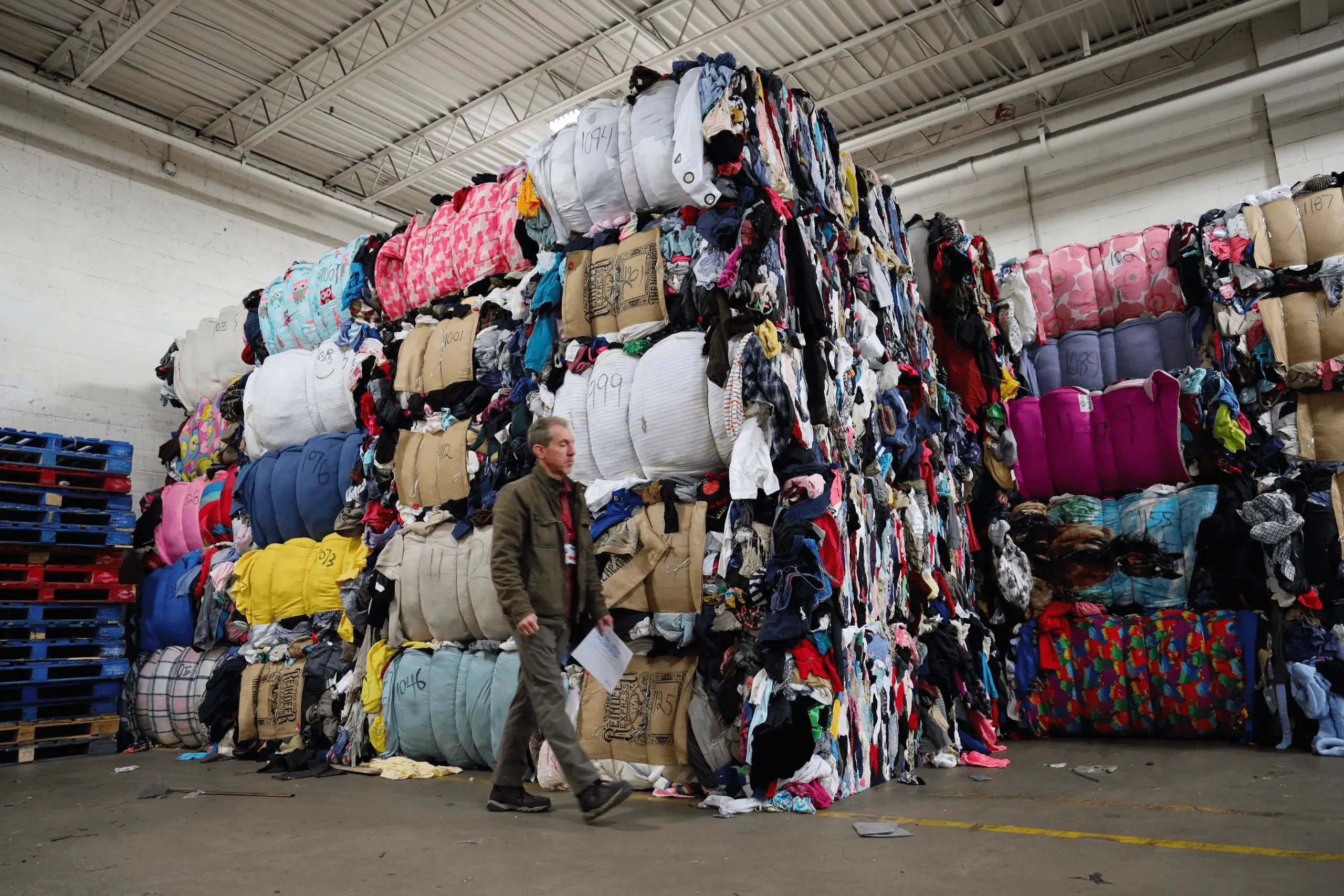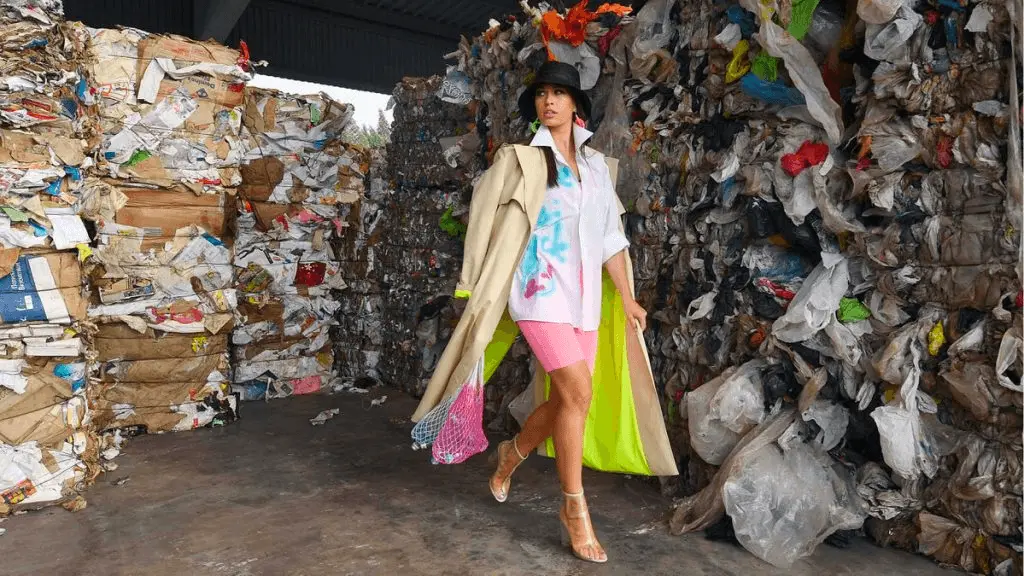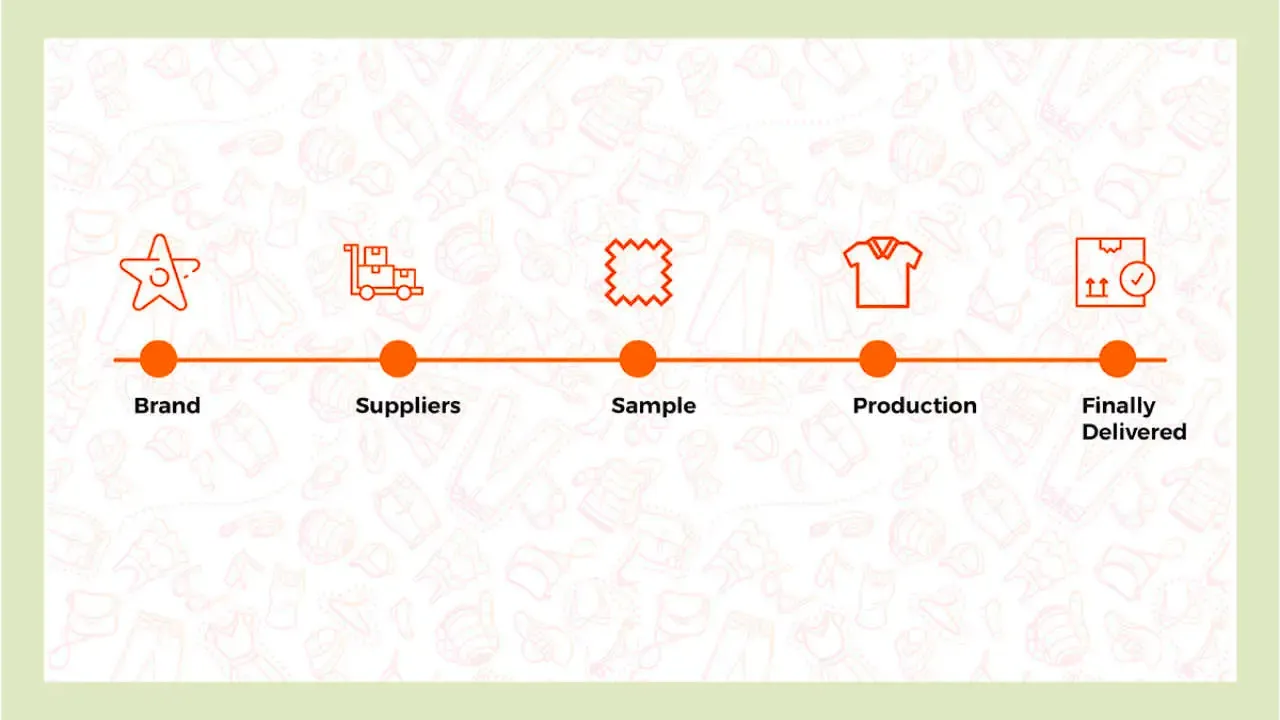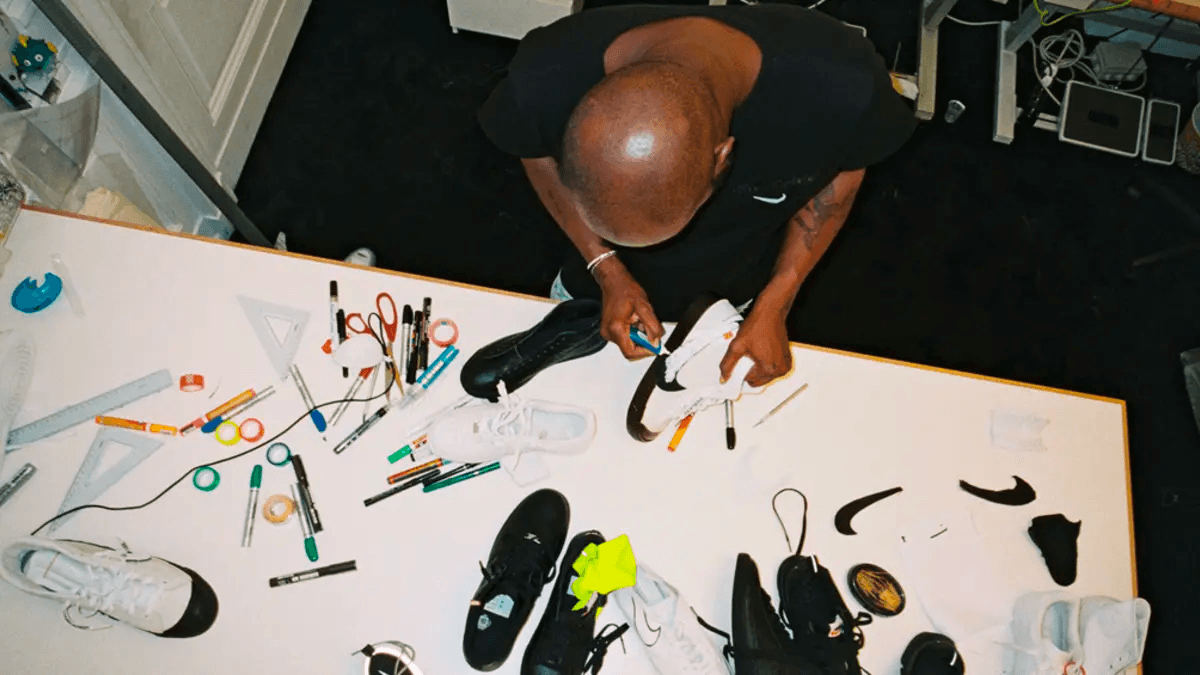
Cut the unfair supply chain
The fashion industry has long been criticized for its unfair and unsustainable supply chain practices. From labor exploitation to environmental damage, the industry's supply chain has a significant impact on both people and the planet. However, there is hope for change, and technology is leading the way.
Supply chains in the fashion industry are often long and complex, with multiple intermediaries between the producer and the consumer. These intermediaries can include raw material suppliers, manufacturers, distributors, and retailers, each taking a cut of the profits along the way. Unfortunately, this structure can lead to a range of unfair practices, including labor exploitation, environmental damage, and unethical sourcing.
One of the biggest challenges facing the fashion industry is the prevalence of fast fashion. Fast fashion refers to the rapid production and consumption of low-cost clothing items, often designed to be worn only a few times before being discarded. This business model places a huge burden on the environment, as it requires vast amounts of resources to produce and dispose of these items.
Another major issue in the fashion industry is labor exploitation. Many of the workers involved in the production of clothing, particularly in developing countries, are paid very low wages and work in poor conditions. This can include long working hours, exposure to hazardous materials, and a lack of job security.
To cut the unfair supply chain in the fashion industry, it is essential to shift towards more sustainable and ethical practices. This includes a focus on reducing waste and promoting circularity, as well as improving working conditions and ensuring fair wages for all workers involved in the supply chain.
One approach to improving the sustainability of the fashion industry is to invest in more eco-friendly materials and production methods. This could involve using recycled materials, minimizing water and energy usage, and reducing the overall carbon footprint of the industry.
Another key strategy is to promote greater transparency and accountability throughout the supply chain. This means ensuring that workers are treated fairly and that the environmental impact of clothing production is minimized. It also involves taking steps to reduce waste and encourage circularity, such as through clothing rental and resale programs.
One approach to reducing waste and improving sustainability in the fashion industry is through production on demand. This involves only producing clothing items once they have been ordered by a customer, rather than producing large quantities in advance. Production on demand helps to minimize overproduction and excess inventory, which in turn reduces waste and the environmental impact of the fashion industry. Additionally, this approach can help to reduce the cost of unsold inventory and minimize the need for clearance sales, which can further reduce waste and improve profitability. By implementing production on demand, the fashion industry can move towards a more sustainable and responsible model that benefits both the environment and the bottom line.
Ultimately, cutting the unfair supply chain in the fashion industry requires a collective effort from all stakeholders involved. This includes producers, retailers, consumers, and policymakers, all of whom have a role to play in promoting more sustainable and ethical practices. Wearby is doing its part by paying makers fair wages and providing designers with a tool that enables them to create items on demand.
By working together, we can create a fashion industry that is both profitable and socially responsible, and that prioritizes the well-being of both workers and the planet.
Others
Trending Resources
Want to stay updated with new resources?
Subscribe to our newsletter with one step.








